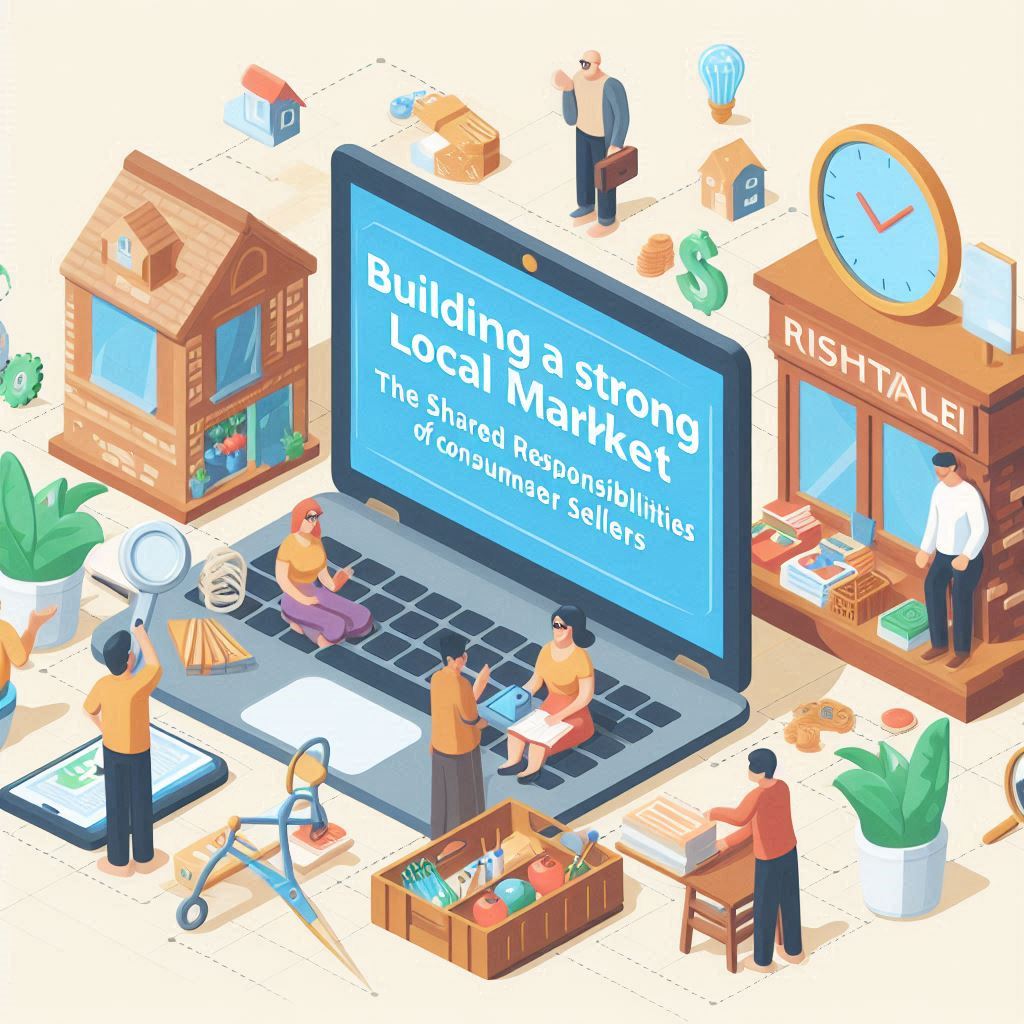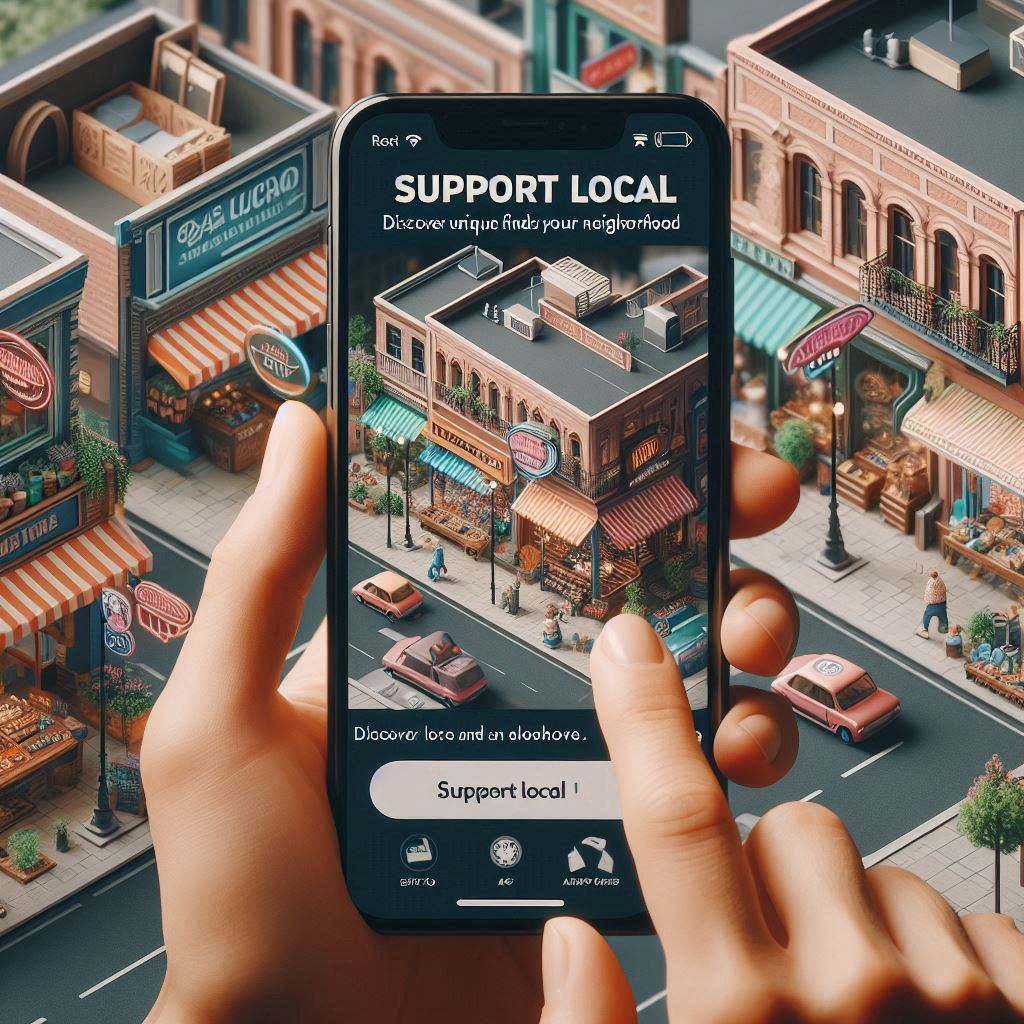Introduction
Social media has transformed the way local businesses promote themselves. It’s now an essential tool for reaching customers and driving engagement. With billions of users worldwide, platforms like Facebook, Instagram, and TikTok offer unique opportunities. Local enterprises can connect with their target audiences in real-time. They can also respond to customer inquiries and showcase their products and services visually.
Choosing the Right Social Media Platforms
Identifying the Best Platforms for Your Target Audience
Not all social media platforms are created equal. Each has its own unique demographic and purpose, making it crucial for local businesses to identify where their target audience spends their time. For instance, Instagram is popular among younger audiences, particularly Gen Z, while LinkedIn is ideal for B2B marketing. Understanding your audience’s preferences can help you allocate your resources more effectively.
Creating a Strategy for Each Social Media Channel
Once you’ve identified the right platforms, it’s essential to tailor your strategy for each one. For example, visual content works well on Instagram and TikTok, while informative articles are better suited for LinkedIn. By customizing your approach, you can maximize engagement and reach your audience more effectively. Consider the unique features of each platform when crafting your content.
Creating Engaging Content
Crafting Compelling posts that capture attention
Creating engaging content is at the heart of successful social media marketing. Posts should be relevant, informative, and entertaining to capture your audience’s attention. Incorporating storytelling into your posts can make your brand more relatable and memorable. For example, sharing customer testimonials or behind-the-scenes glimpses of your business can humanize your brand and foster a sense of community.
Utilizing Visuals and Multimedia to Enhance Engagement
Visual content, such as images and videos, significantly boosts engagement rates. According to research, posts with visuals are 94% more likely to be shared on social media. Using high-quality images, infographics, and videos can help your business stand out in crowded news feeds. Incorporating multimedia elements like GIFs, short videos, and live streams can also enhance your content’s appeal.

Building and Growing Your Social Media Community
Strategies for Gaining Followers and Increasing Engagement
Building a community around your brand is essential for long-term success on social media. Strategies to gain followers include hosting giveaways, collaborating with influencers, and engaging with your audience through comments and direct messages. Giveaways not only incentivize new followers but also encourage sharing, which can exponentially increase your reach. Engaging with your audience is equally important.
Fostering Relationships and Encouraging User-Generated Content
Encouraging user-generated content (UGC) can further strengthen your community. By asking customers to share their experiences with your products or services, you not only increase engagement but also build trust and authenticity around your brand. UGC serves as social proof, demonstrating that real customers enjoy and endorse your offerings. Highlighting UGC on your social media channels can also create a sense of belonging among your followers.
Leveraging Social Media advertising
Understanding the Basics of Social Media Ads
Social media advertising allows businesses to reach a larger audience quickly. Platforms like Facebook and Instagram offer targeted advertising options that let you reach specific demographics based on interests, behaviors, and location. Understanding the basics of these ad systems is crucial for maximizing your marketing budget. Before diving into social media ads, familiarize yourself with the different ad formats available.
Creating Effective Ad Campaigns to Reach Your Target Market
To create effective ad campaigns, start by defining your goals. Whether it’s increasing brand awareness, driving traffic to your website, or generating leads, having clear objectives will guide your ad strategy. Use A/B testing to experiment with different ad formats and messages to see what resonates best with your audience. Additionally, consider setting a budget and monitoring your ad performance closely.
Measuring and analyzing performance
Key Metrics to Track Social Media Success
Tracking the performance of your social media efforts is vital to understanding what works and what doesn’t. Key metrics to monitor include engagement rates, reach, impressions, and conversion rates. Engagement rates, which measure likes, comments, and shares, provide insight into how well your content resonates with your audience. Additionally, monitoring reach and impressions can help you understand how many people are seeing your posts and how often.
Using Analytics to Refine Your Strategy and Improve Results
Most social media platforms provide built-in analytics tools that offer insights into your posts’ performance. Use these tools to identify trends and adjust your content strategy accordingly. For instance, if you notice that video posts generate more engagement than static images, consider increasing your video content. Regularly reviewing your analytics can also help you identify the best times to post, the types of content that perform well, and the demographics of your audience.
Managing Social Media account interactions
Handling Customer queries and reviews professionally
Social media serves as a direct line of communication between businesses and customers. Responding promptly and professionally to customer queries and reviews is essential for maintaining a positive brand image. Acknowledging customer concerns and providing helpful responses can turn potential issues into opportunities for building trust. Consider implementing a social media management tool to streamline your interactions.
Addressing negative Feedback and turning it into opportunities
Negative feedback can be challenging, but it also presents an opportunity for growth. Addressing complaints publicly shows that you value customer opinions and are committed to improving your services. This approach can turn a negative experience into a positive one, enhancing customer loyalty. When responding to negative feedback, maintain a calm and professional tone. Acknowledge the customer’s concerns, apologize if necessary, and offer a solution.
Conclusion
In conclusion, social media is a game-changer for local businesses looking to enhance their marketing strategies. By choosing the right platforms, creating engaging content, and effectively managing interactions, businesses can leverage social media to reach their target audiences and drive growth. As social media continues to evolve, staying informed about trends and best practices will be crucial for success in the digital marketplace.
By leveraging the right strategies and engaging effectively with your community, you can elevate your brand’s presence and drive customer loyalty. Ready to take your local business to the next level? Contact Miodeal today!
FAQs
How can social media benefit local businesses?
Social media helps local businesses reach a larger audience, engage with customers, and promote products or services effectively.
Which social media platforms are best for local businesses?
The best platforms depend on your target audience. Generally, Facebook and Instagram are great for visual content and community engagement, while LinkedIn is ideal for B2B marketing.
How often should local businesses post on social media?
Consistency is key. Local businesses should aim to post at least a few times a week to keep their audience engaged and informed about promotions, events, and updates.
What type of content should local businesses share on social media?
Local businesses should share a mix of content, including promotions, behind-the-scenes looks, customer testimonials, and community events.













